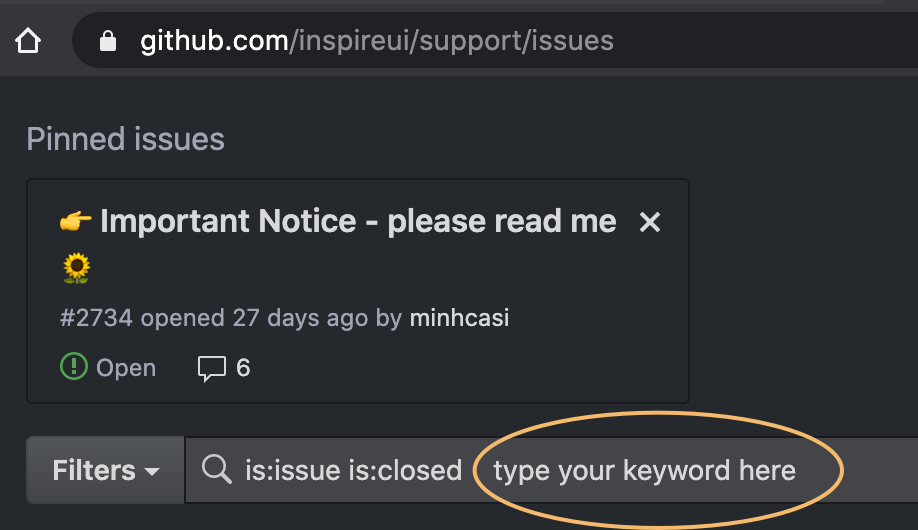

It is especially important for younger kids as they will want to play the latest games, not realizing the adult themes and content involved.

If they are using email, instant messaging, or chat rooms, try to get a sense of who they are corresponding with and whether they know them.ĭefine the types of websites or games they can access and why they are appropriate or not. Monitor computer activity - Be aware of what your child is doing on the computer, including which websites they are visiting.
#Teampaper snap multiple annotations software
Still they may include rules about how long they are allowed to be on the computer, what sites they are allowed to visit, what software programs they can use, and what tasks or activities they are allowed to do.

These boundaries should be appropriate for the child's age, knowledge, and maturity. Set rules and warn about dangers - Ensure your child knows the boundaries of what they are allowed to do on the computer. Not only does this accessibility deter children from doing something they know they're not allowed to do, it also allows you to intervene if you notice a behavior that could have negative consequences. Keep your computer in an open area - If your computer is in a high-traffic area, you will be able to monitor the computer activity more easily. This will allow you to supervise your child's online activities while teaching them good computer habits. General Tipsīe involved - Consider activities you can work on together, whether it be playing a game, researching a topic you had been talking about (e.g., family vacation spots, a particular hobby, a historical figure), or putting together a family newsletter. These threats are even greater if a child has access to email or instant messaging programs, visits chat rooms, and/or uses social networking sites.īelow we will break down the different tips that you can use to protect yourself and your kids against these different scenarios while using the internet online. Another growing problem is cyberbullying. Adults often fall victim to these ploys, and children, who are usually more open and trusting, are easier targets. Because the nature of the internet is so anonymous, it is easy for people to misrepresent themselves and manipulate or trick other users. Online predators present another significant threat, particularly to children. Mistakes happen, but children may not realize what they've done or may not tell you what happened because they're afraid of getting punished. But what if, when saving their report, the child deletes a necessary program file? Or what if they unintentionally visit a malicious web page that infects your computer with a virus? These are just two possible scenarios. You may think that because the child is only playing a game, or researching a term paper, or typing a homework assignment, they can't cause any harm.

#Teampaper snap multiple annotations how to
It would be helpful if you consider these characteristics when determining how to protect your data and child. Children present additional challenges because of their natural characteristics: innocence, curiosity, desire for independence, and fear of punishment. When a child is using your computer, normal safeguards and security practices may not be sufficient. Due to school closures and stay-at-home orders from the COVID-19 pandemic, children’s’ increased online presence may put them at greater risk of child exploitation. Import * as React from "react" import * as ReactDOM from "react-dom" import const root = ReactDOM.


 0 kommentar(er)
0 kommentar(er)
